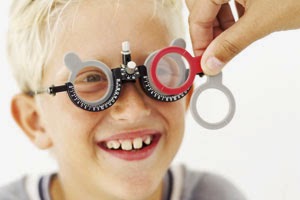Sunglasses are an essential tool in safeguarding the health of your eyes and the surrounding tissue.
Here's what you need to know about what sunglasses can do for you (apart from style) and how to choose them.
 |
| Sunglasses: Protect your eye from UV Radiation |
Eye on UV Risks
Just as the sun’s ultraviolet (UV) rays can damage skin, they can also harm the lens and cornea of the eyes.
UV radiation increases your odds of getting cataracts, which cloud the eye’s lens and lead to diminished eyesight. It has also been linked to macular degeneration, a treatable, but incurable disease of the macula, a part of the retina that is essential for sharp vision.
Sunlight that bounces off highly reflective surfaces such as snow, water, sand, or pavement can be especially dangerous.
Sunglasses play a vital role in shielding the fragile tissue around the eye, this skin, including the eyelid itself, is very thin and vulnerable to skin cancer, and that’s especially troubling since dermatologists are reporting an epidemic in all types of skin cancer.
Do you wear prescription eyeglasses? If so, you also need to wear sunglasses while outside; standard glasses won't shield your eyes from harmful UV and HEV radiation.
Despite this, many people go without proper sun protection because of the extra cost for prescription sunglasses or the inconvenience of having to switch glasses when they move from indoors to outdoors. If this sounds familiar, fit-over or clip-on sunglasses may be an ideal solution for you.
Fit-over sunglasses, such as Solar Shield "Fits Over" sunglasses shown in the image above, are designed to be worn over prescription frames, while clip-on lenses can attach to most contemporary prescription eyeglasses. Both of these "2-in-1" options offer a great value alternative to prescription sunglasses.
 |
| Zeiss Prescription Lense |
Malaya Optical provide with expertise, accurately fitted multi-focal spectacle lenses and rigid gas-permeable contact lenses (RGPs) using the latest technology. Malaya Optical has Branded Sunglasses, Sports Eye Wear, Branded Frames, Transition Lenses, Progressive Lenses, Digital Lenses. If you're looking for the highest quality care with a personal touch, give us a call.





























